Snorkelling is one of the best ways to experience South Africa’s incredible marine diversity. From the warm, inviting waters of KwaZulu-Natal to the icy chill of the Atlantic Ocean in the Western Cape, the South African coastline is ideal for snorkelling. Whether you’re a beginner or a certified scuba diver, you’ll find something exciting on this list.
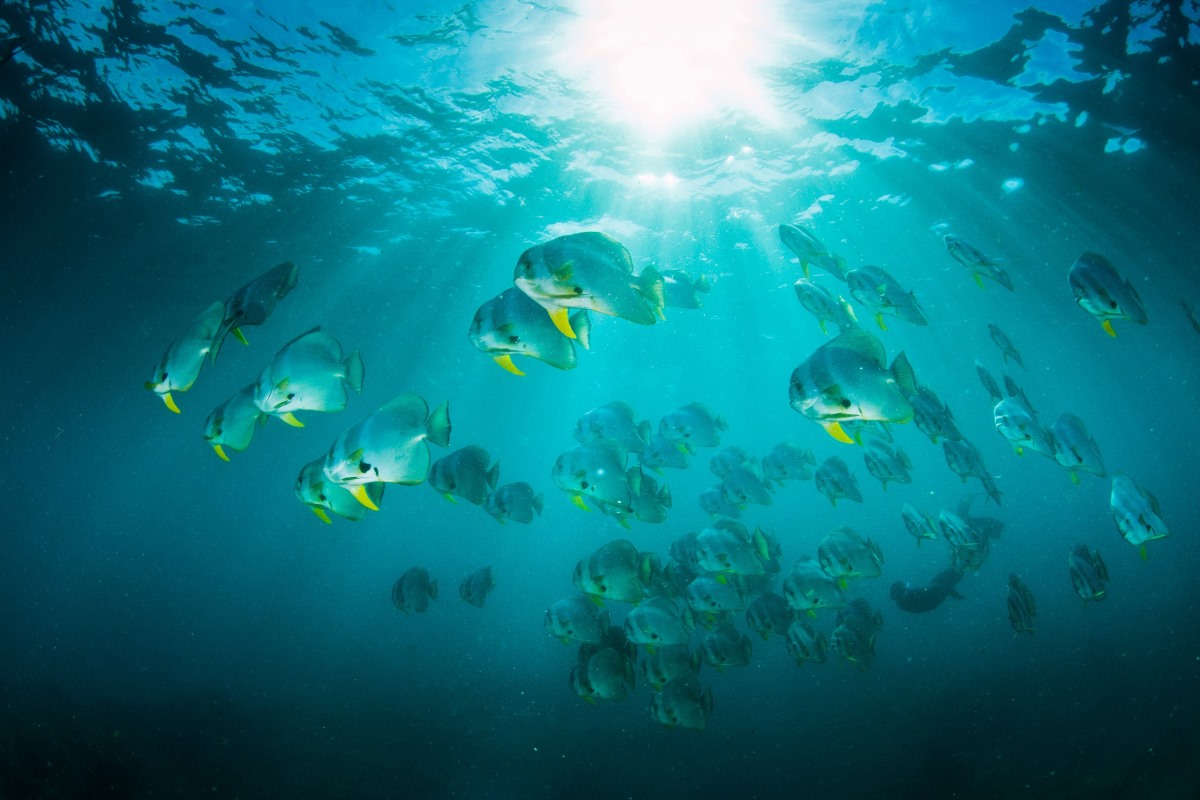
You’ll see all kinds of colourful fish at Aliwal Shoal
Some people call Aliwal Shoal South Africa’s finest diving destination. The world-renowned reef system consistently delivers excellent diving experiences and is suitable for both snorkelling and scuba.
To get to the shoal and the Marine Protected Area (MPA), you’ll need to hop on a boat and head 5 km from the shore. Depths here average around 12.5 m at the “Crown” section and 19.5 m at the “Ridge”. However, snorkellers can still see plenty of marine wildlife from the surface, including several large shark species like tiger sharks and ragged-tooth sharks.
It’s just a 45 minute drive from central Durban. That means you can secure car hire in Durban to get you to and from your snorkelling experience.
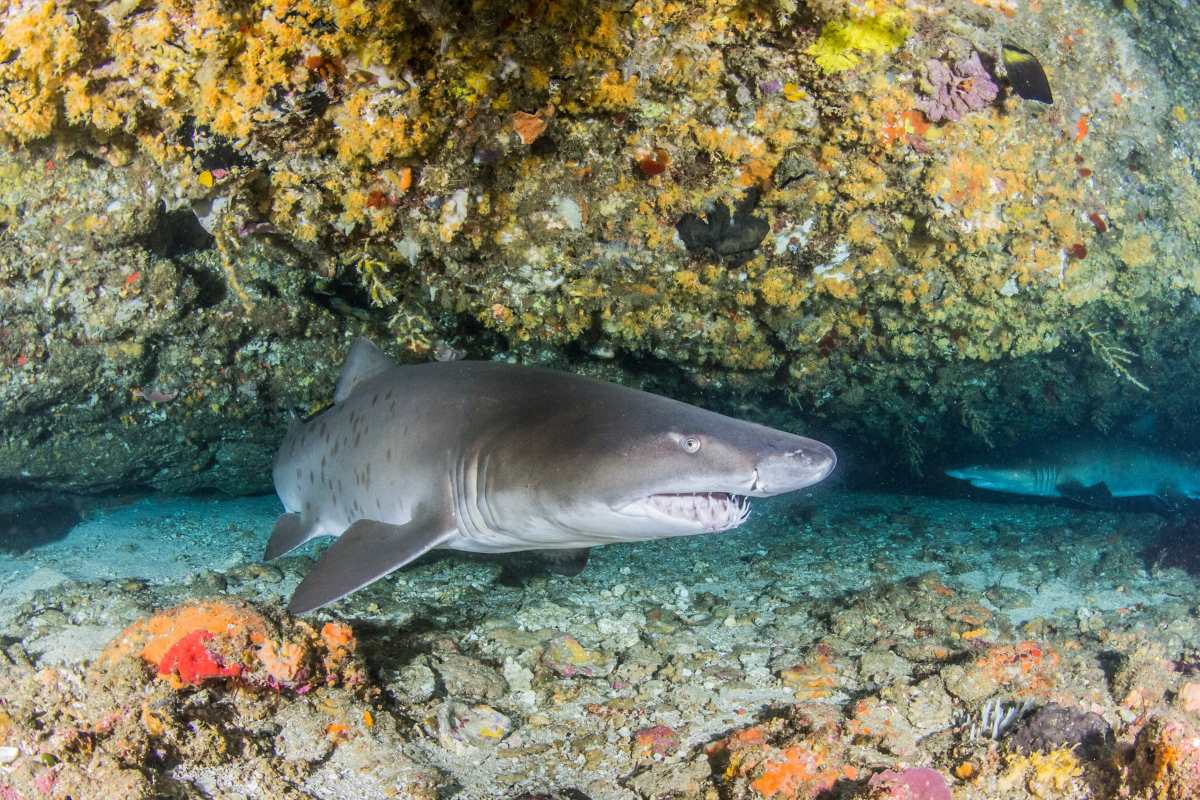
Ragged tooth sharks come to KwaZulu-Natal to breed
Margate is one of KwaZulu-Natal’s top holiday destinations. However, many people simply don’t know about Protea Banks, a reef located around 7 km off the coast. Like several other KZN diving spots, it’s home to a diverse array of shark species.
Snorkelling and diving at Protea Banks will give you the chance to see bull sharks, great hammerheads, and other large ocean predators like barracuda and tuna. The average depth here is around 30 m. During June and July, you can witness the annual Sardine Run as it passes the South Coast, but only if you get your timing right.
To get here, hire a car in Durban and drive to Margate. Alternatively, look out for tour operators that offer shuttle services to the snorkelling sites.
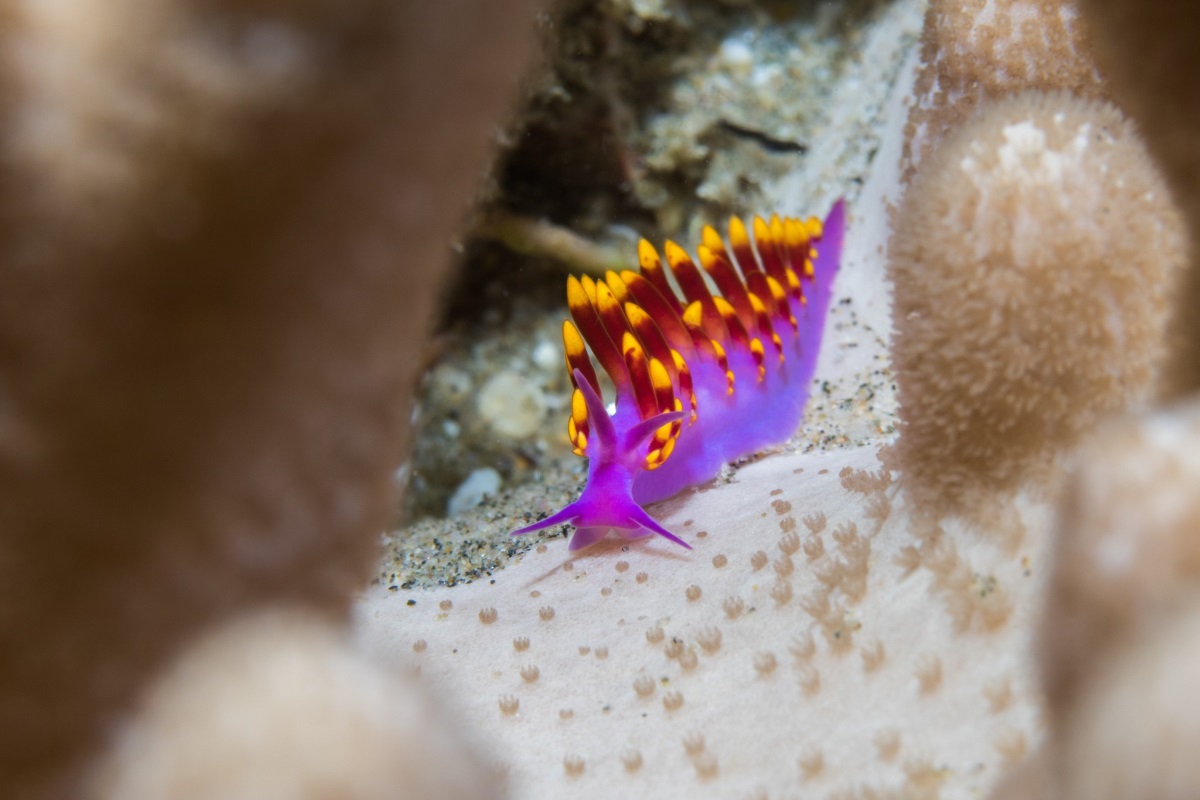
Look out for smaller creatures like this colourful nudibranch
iSimangaliso Wetland Park is special for many reasons, but most people come here to combine snorkelling and game viewing into one holiday. Sodwana Bay is one of the most popular recreational diving areas in South Africa, and for good reason.
Over millennia, corals have created spectacular reefs that support countless marine species. In fact, this is one of the few places in South Africa where you can dive with whale sharks, the largest fish in the world. Visitors also frequently spot whales, dolphins, and even killer whales. This is also one of the few places in the world where you can find the coelacanth, a “living fossil”.
Best of all, the water typically remain above 20 °C all year round, so you can enjoy the snorkelling experience for longer. When you’ve had enough, you can try your hand at fishing or head inland to spot the Big Five.
A number of local diving schools operate throughout the year, making Sodwana Bay a great place to obtain your PADI license.
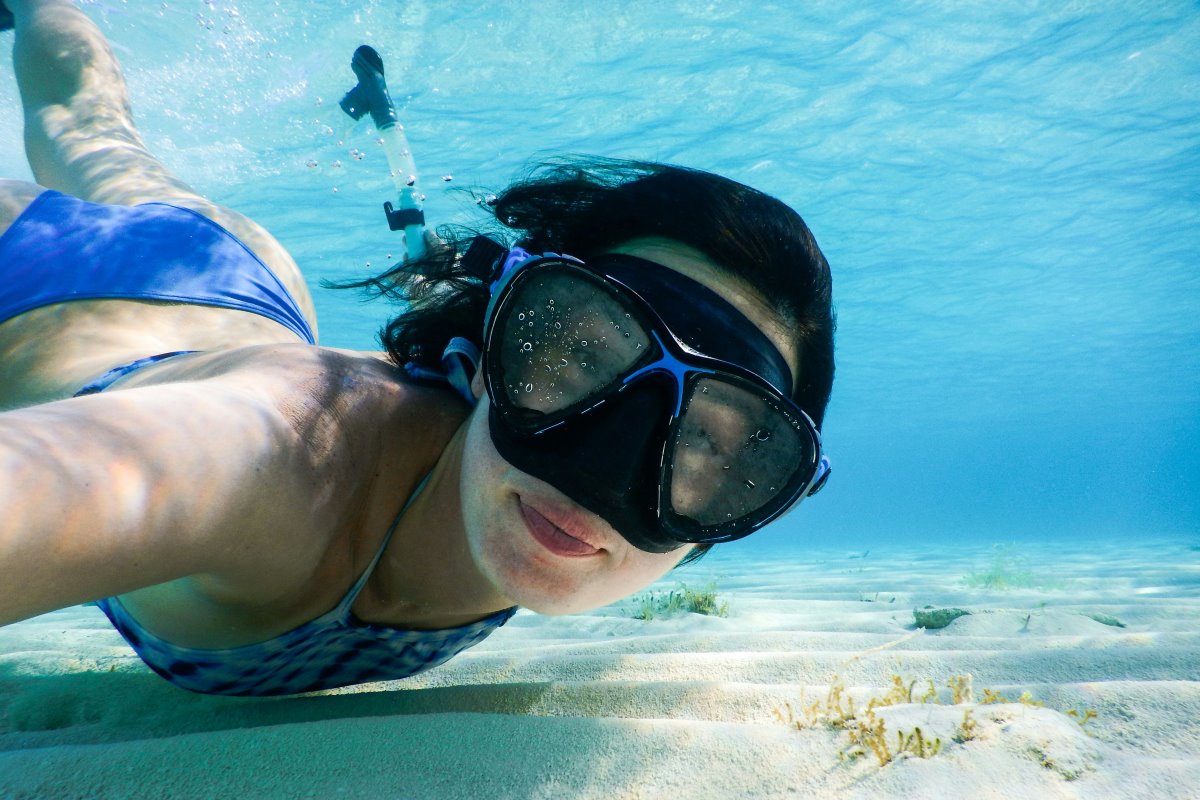
You don’t need much for snorkelling, just goggles and a snorkel
Cape Vidal is the perfect place for first-time snorkelling. Its sheltered rock pools are shallow and warm, so divers of all ages can get to grips with the KZN coastline. It forms part of the St Lucia Marine Reserve.
In winter, humpback whales migrate northward past iSimangaliso Wetland Park to get to their breeding grounds in Mozambique. Divers also continue to search for the wreck of the Dorothea, a ship that struck the nearby reef in 1898. Although it’s never been found, you can spot some artifacts underwater.
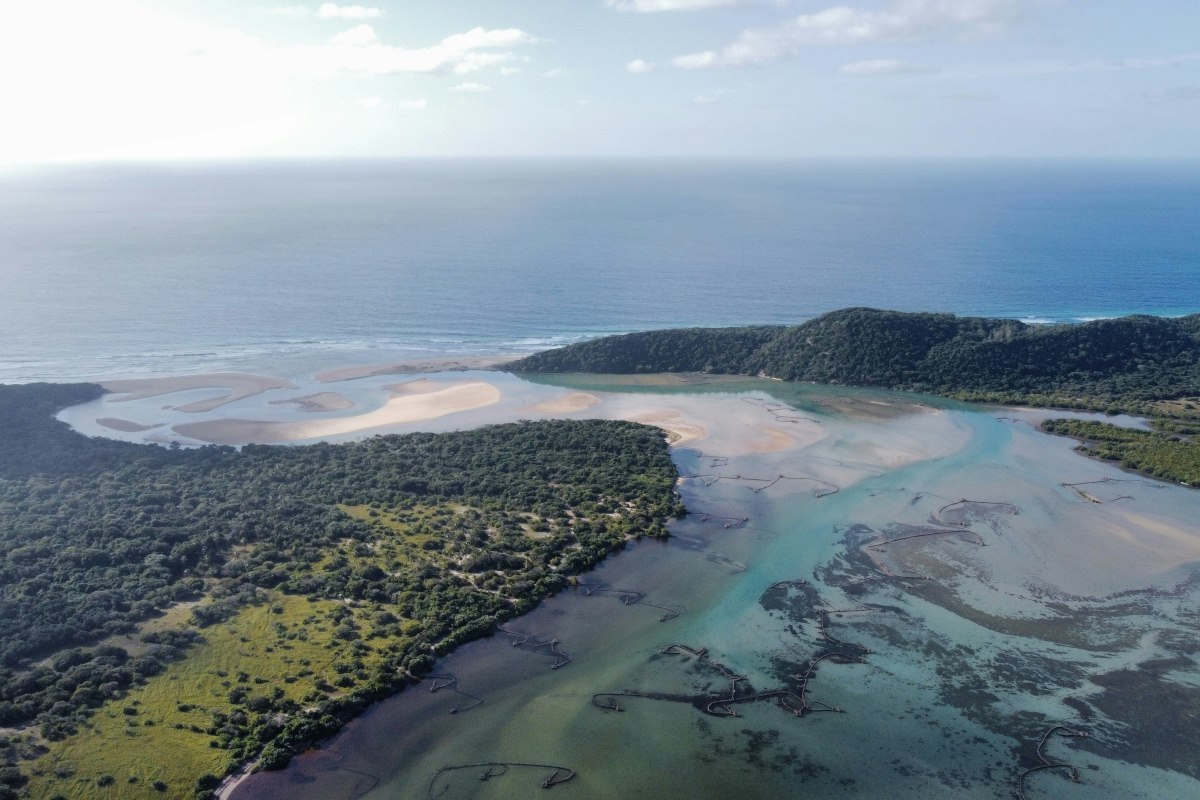
The Kosi Bay Mouth in iSimangaliso Wetland Park
Just a few kilometres south of the Mozambique border, you’ll find the real gem of iSimangaliso Wetland Park: Kosi Bay. Despite the common misconception, Kosi Bay isn’t just one bay. Actually, it’s made up of four interconnected lakes, ending with Kosi Bay Mouth.
That means you can dive in the river mouth itself. Here, the wetlands support numerous bird species including the African fish eagle, Pel’s fishing owl, and several kingfishers. They’re drawn to Kosi Bay by the sheer abundance of fish species, ranging from tiny, colourful reef fish to huge bull sharks and whale sharks.
Between November and January, loggerhead and leatherback turtles come ashore to nest. A few months later, the hatchlings emerge from the sand, creating a once in a lifetime spectacle for lucky visitors.
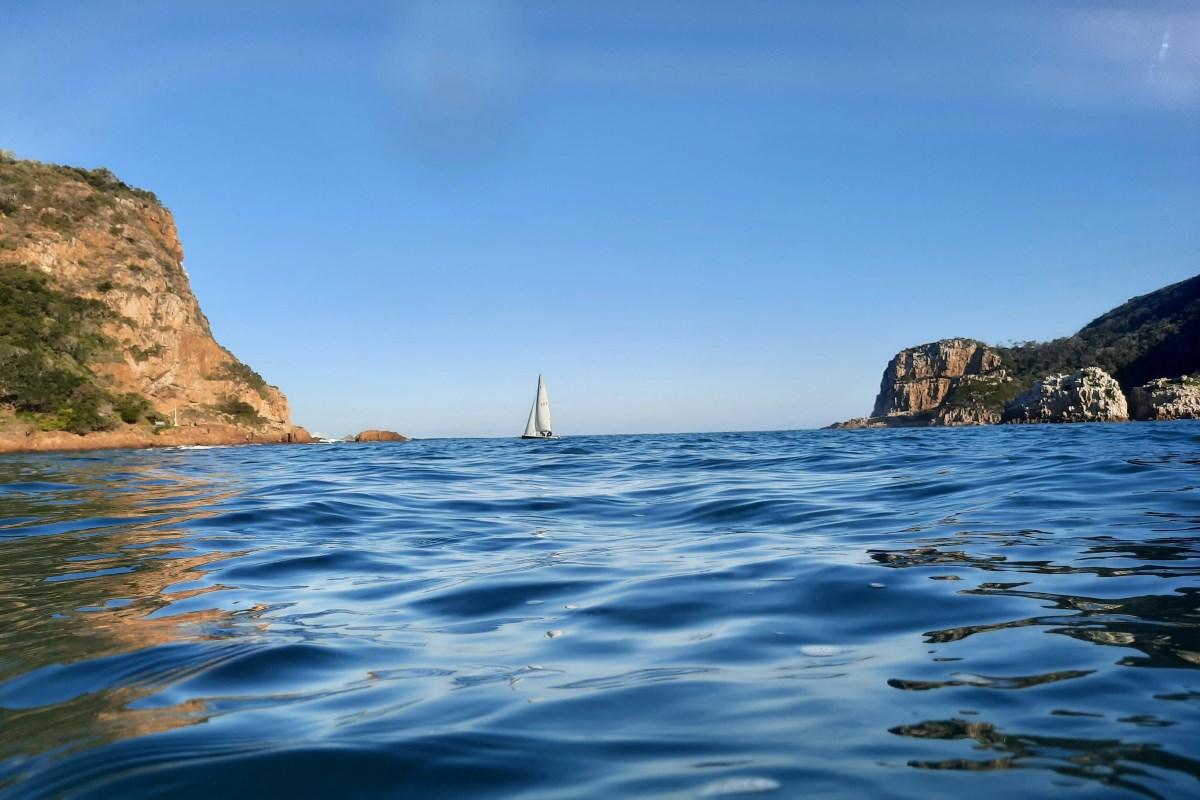
A yacht passes through the Knysna Heads in the Western Cape
Knysna is the heart of the Garden Route. One one side, forests blanket the mountain slopes. On the other, the Knysna Heads mark the entrance to a vast estuary. The Knysna Estuary is home to a huge array of species, including some that you can only find here, like the Knysna seahorse.
Local tour operators can take you out to see these critically endangered fish up close. And, because Knysna has both kelp forests and reefs, the underwater environment is incredibly diverse. You can also dive the wreck of the Paquita, a German ship that struck the Knysna heads in 1903.
The water here is warmer than the Atlantic Ocean in Cape Town, but not quite as warm as areas further north.
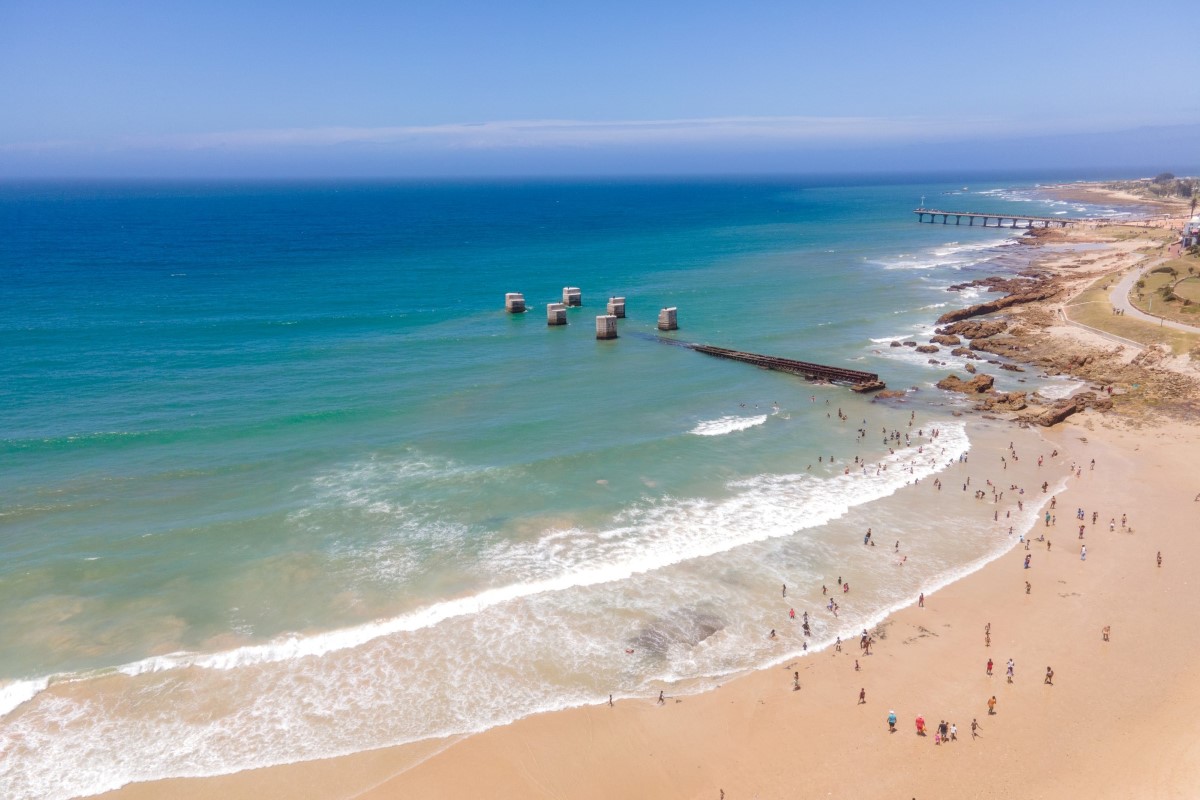
A beach in Gqeberha, South Africa
The Marine Hotel is a notable landmark in Gqeberha, formerly known as Port Elizabeth. However, the hotel has a secret. If you follow the stormwater pipe 150 m out to sea, you’ll find Devil’s Reef, a secret diving and snorkelling playground.
Divers of all ages can enjoy this reef. You’re likely to spot common species like blacktails as well as the curious “hallucinogenic” fish, the strepie. You can also see different types of corals, sea sponges, and sea fans up close, alongside colourful nudibranchs (sea slugs) and other tiny species.
Keep an eye out for Cape fur seals. These playful pinnipeds often keep divers company along the Cape coastline.
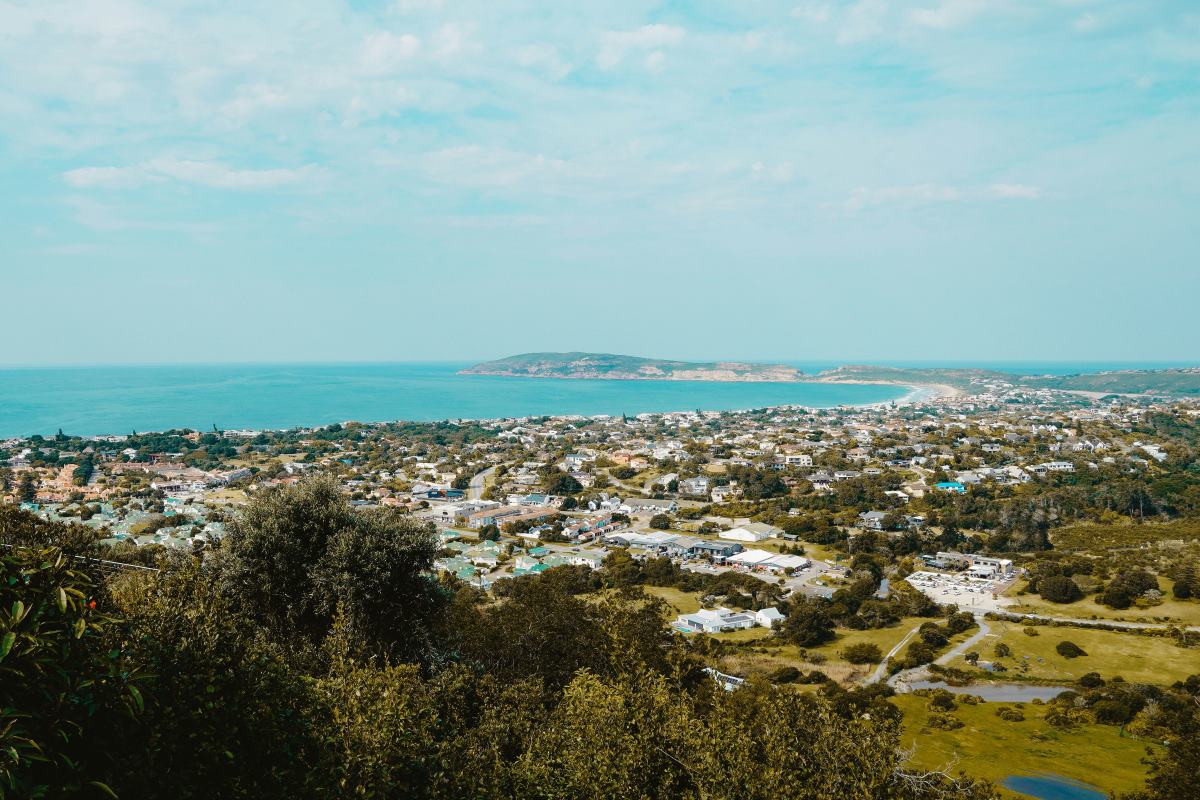
A view over Plettenberg Bay along the Garden Route
Plettenberg Bay is a textbook holiday town. The town itself is abuzz with restaurants and activities, and if you explore the fringes, you’ll discover gems like Robberg Nature Reserve and the Keurbooms River.
In terms of snorkelling, you can explore the Keurbooms estuary or any of several dive spots off the coast. The further out you go, the more likely you are to encounter great white sharks, apex predators that roam these waters in search of seals.
Three dolphin species visit Plettenberg Bay throughout the year, while whale season brings southern right whales, Bryde’s whales, and sometimes, killer whales.
To get to “Plett”, you have three choices: drive from Cape Town or Port Elizabeth, or catch a direct flight. Whichever you choose, you’ll want to secure car hire to make the most of your time here.
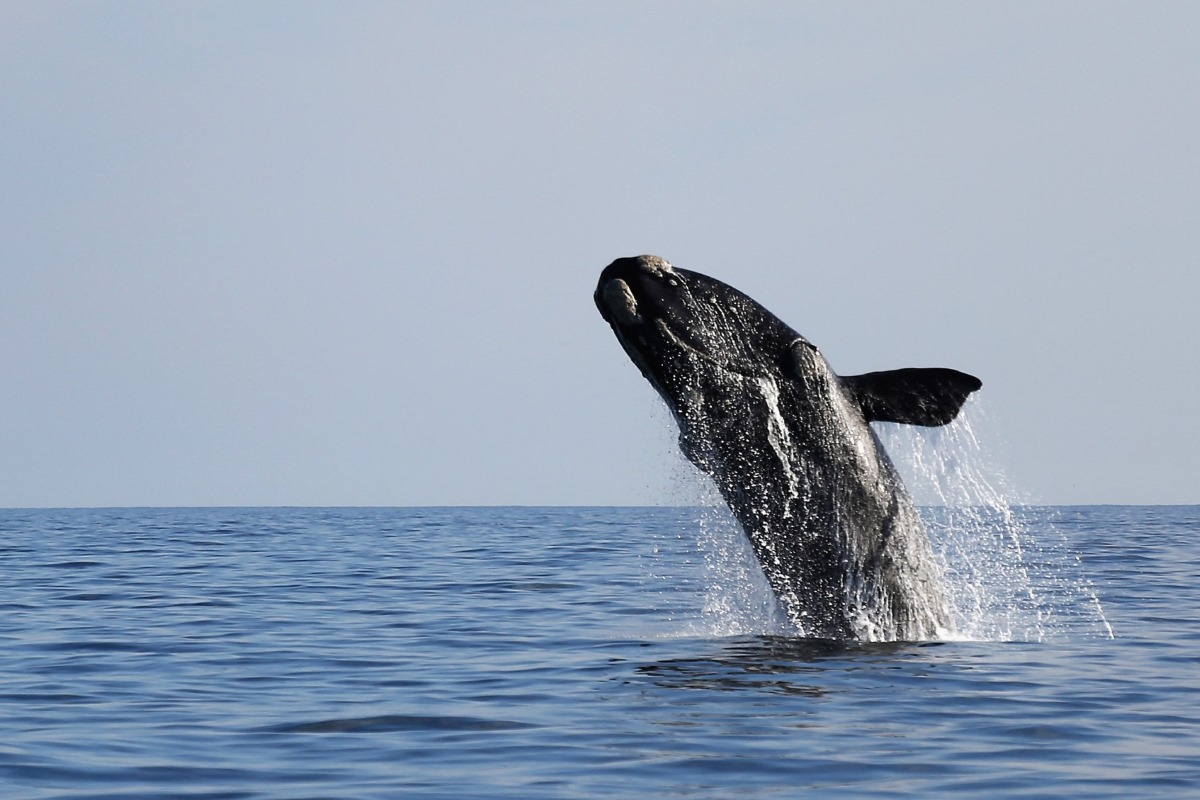
Whales are a common sight in Mossel Bay
Holidaymakers often overlook Mossel Bay, given its close proximity to several “better” Garden Route attractions. However, this industrial town has some perks of its own, not least its whale watching opportunities.
Snorkelling enthusiasts love the Mossel Bay coastline thanks to its extra shallow reefs. Here, you’re likely to spot octopus, blacktail, as well as colorful sea sponges, sea fans, basket stars, and feather worms.
You can also visit The Shark Lab to learn more about the ocean’s most misunderstood predators. Just make sure that if you go shark cage diving, you do it with an operator that practices sustainable tourism.
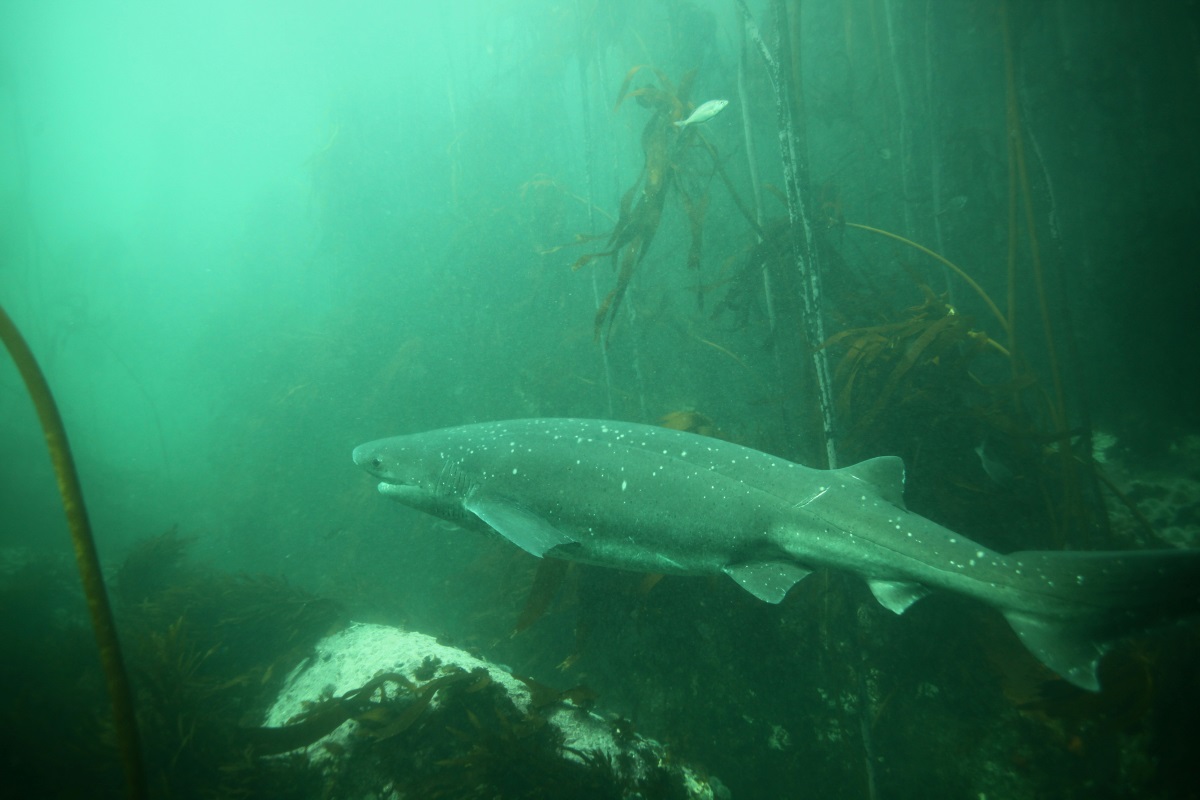
A broadnose sevengill shark cruises through the kelp forest
Believe it or not, you can go snorkelling in Cape Town. Locals have a choice between the cold, clear kelp forests of the Atlantic Seaboard or the murkier but more richly populated waters of False Bay.
Just before the Twelve Apostles Hotel, you’ll find Cosy Bay. Here, the water is usually clear and calm, making it the ideal place for first-time divers. However, if you want to see more sea life, head to False Bay. The Great African Seaforest is home to all kinds of creatures, from the elusive common octopus of My Octopus Teacher fame to shy, harmless pyjama sharks.
Just remember: Cape Town water is ice cold. You’ll need to hire a good wetsuit if you want to make the most of your snorkelling experience.
Wherever you choose to go snorkelling in South Africa, make sure you can get there safely and comfortably. At Drive South Africa, we specialise in car hire in Cape Town, Durban, Port Elizabeth, and beyond. Speak to one of our expert agents today to secure your car rental in South Africa.